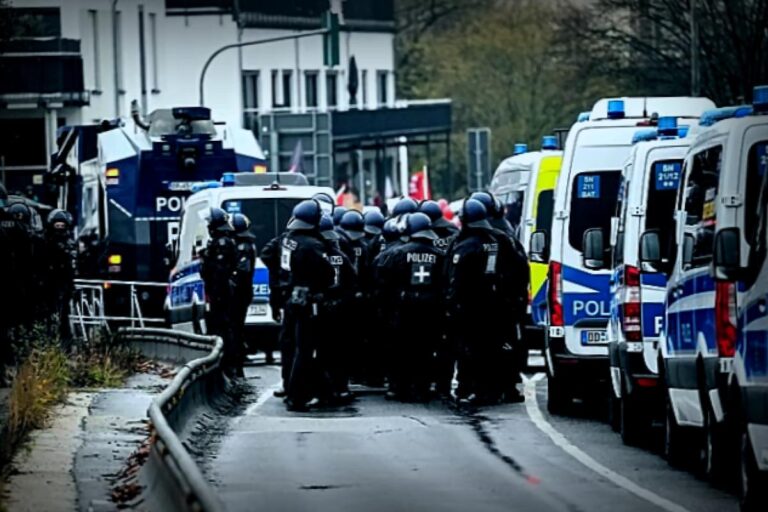Governor Wes Moore’s office made a significant announcement on Monday, revealing plans to shut down the Maryland Correctional Institution at Jessup, also known as MCI-J. The closure is scheduled for June 30, 2026, and it’s expected to save the state around $21 million each year in operational costs.
In a statement, Moore emphasized that the facility no longer meets modern standards, saying, “MCI-J has long outrun its facility lifespan and we refuse to kick the can further down the road.” His comments also highlighted that this move aims to ease the burden on dedicated correctional staff while respecting how the state treats incarcerated individuals.
Opened back in 1981, MCI-J currently accommodates 709 inmates, with a staff of 308 employees required to manage the facility. However, its infrastructure has deteriorated over time due to inadequate routine and preventive maintenance. Issues cited include concerns with drainage, aged plumbing and electrical systems, and the need for repairs to the building’s physical plant.
Addressing capital improvements, the state estimates costs around $200 million and acknowledges that such changes would take years to complete.
Maryland General Services Secretary Atif Chaudhry referred to the decision to close MCI-J as a financially prudent move. He stated, “By closing MCI-J, we’re saving Maryland taxpayers hundreds of millions in avoidable costs over the long term and redirecting our resources towards more sustainable correctional solutions.”
To facilitate this transition, the governor’s office announced plans to work with unions to reassign staff to other facilities. This includes the Maryland Correctional Institution for Women and the Dorsey Run Correctional Facility, both of which are situated in Jessup. State officials hope that this approach will alleviate the need for mandatory overtime, addressing staffing challenges effectively.
Carolyn Scruggs, Maryland’s Secretary of Public Safety and Correctional Services, expressed the necessity of having enough staff to ensure security within the facilities. By reallocating personnel, the goal is to provide effective coverage and minimize the exhausting cycle of mandatory overtime.
However, this announcement has taken union representatives by surprise. Patrick Moran, president of the American Federation of State, County and Municipal Employees Maryland Council 3, voiced concerns about moving toward closing MCI-J without a comprehensive strategy for the entire correctional system and the staffing needs that certain facilities face.
“We are alarmed that the state is moving towards closing MCI-J without a larger and more comprehensive plan,” he stated, stressing that key questions about the future of the state’s correctional framework remain unanswered.
Moran also commented on the proposed Baltimore Therapeutic Treatment Center, which is projected to cost over $1 billion to build—a significantly higher amount compared to updating MCI-J. “There are larger questions regarding staffing plans for this new center,” he noted.
Union representatives are gearing up for public hearings that must occur regarding the facility’s closure, advocating for discussions that address ongoing staffing challenges and safety for both staff and incarcerated individuals.
Meanwhile, plans are in place for a phased transfer of inmates to alternative facilities, including Maryland Correctional Institution and Roxbury Correctional Institution, which are both located outside Hagerstown, and North Branch Correctional Institution in Cresaptown.
The educational services that were previously offered at MCI-J will also be reassigned to other locations to ensure continuity in inmate programming.
After its closure, MCI-J is projected to incur an estimated cost of $1.5 million for shutting down and prepping the facility for the winter. As for the timeline, there has yet to be a date announced for the public hearing where these topics will be discussed.
As the situation unfolds, both state officials and union representatives appear to be at a pivotal moment negotiating the future of correctional facilities in Maryland.
“,




















